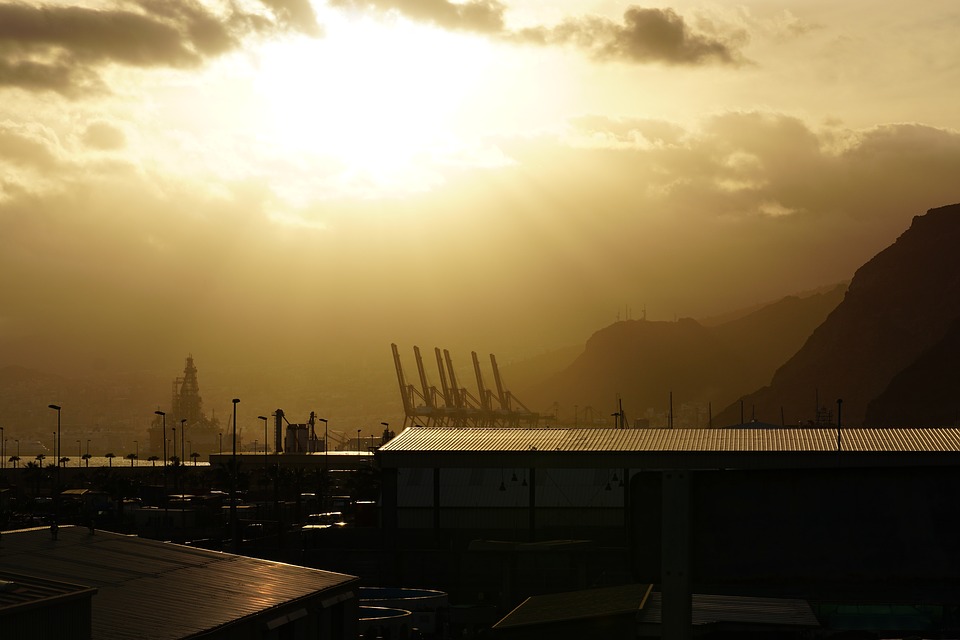Salt Lake City and Mexico City are places that have faced large air pollution issues in recent years. Although the two cities are very different, they have the same interest in controlling this malady, and despite the fact that the cities are not comparable, it doesn’t hurt to see what each one has done. Both cities are located in valleys; this fact complicates pollution dissipation since the mountains are related to the inversions.
Mexico City‘s population is over 18 million, which is about nine times bigger than the over 2 million along the Wasatch Front. According to the World Health Organization, the annual mean of particle matter with diameters of 10 micrometers or less (PM10) is 52 in Mexico and 19 in Salt Lake. Mexico’s number is roughly 2.5 times bigger. Salt Lake has managed to experience an abnormally high level of pollution with respect to its population.
In Salt Lake, up to 60 percent of pollution comes from mobile sources (mostly automobiles); therefore, by targeting transportation, it could be possible to further reduce emissions. Additionally, if creative programs like Ride Share could be expanded, more progress could be made. On the other hand, early in the 1990s, Mexico City shut down a refinery and implemented the Today we don’t drive program, through which each day of the week some cars are forbidden to be driven. What is more, both cities implemented measures to encourage walking and biking by building many trails. Also, both cities increased significantly the size of their mass-transportation systems.
The attached graph shows pollution as measured by PM10. You can see that in Salt Lake, PM10 had an upward trend that has been reversed
In Mexico, the trend of air pollution has also been toward improvement. Mexico took measures to improve its air during the early 1990s, and it reduced PM10 concentrations from 175 in 1989 to 80 in 1999.
In Mexico City, the amount of pollution produced by vehicles makes up about 60 percent of the total. Much of its pollution is caused by 4.5 million cars, a large number of which were manufactured since 1998. This fact is very important because the newer the car, the less emissions it produces. What is more, ultra-compact cars are very popular in Mexico City and they emit even less. Consequently, the emissions reduction shown above may be greatly due to these new vehicles as well as to the measures taken by the city to influence industry.
According to the Clean Air Challenge, as of 2013, Salt Lake eliminated 176,193 trips, accounting for 1,973,711 miles through which $1,204,000 was saved and 23,653 pounds of emissions were reduced.
These figures show that improvements can be made. The challenge is to keep the improvements coming at rates both cities’ citizens can somehow agree are affordable and essential.
John Hoffmire is director of the Impact Bond Fund at Saïd Business School at Oxford University and directs the School of Business and Poverty at the Wisconsin School of Business at UW-Madison. He runs Progress Through Business, a nonprofit group promoting economic development.
Mario Alejandro Mercado Mendoza, Hoffmire’s colleague at Progress Through Business, did the research for this article





